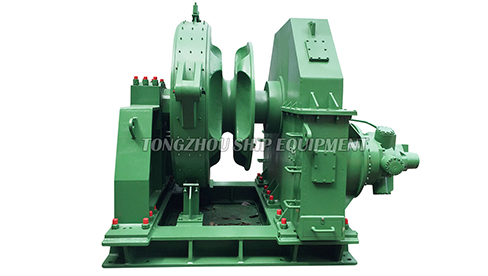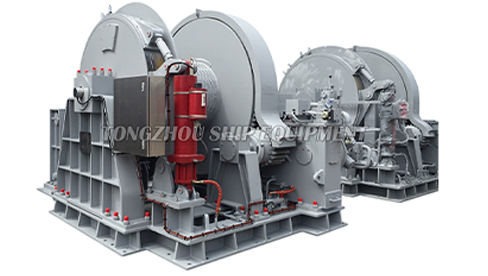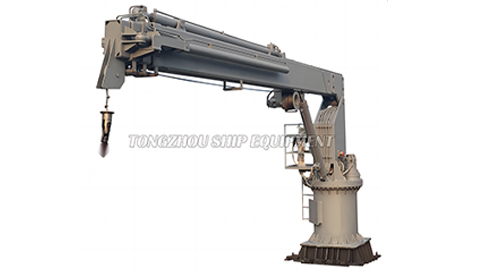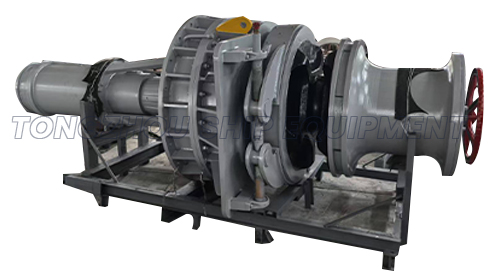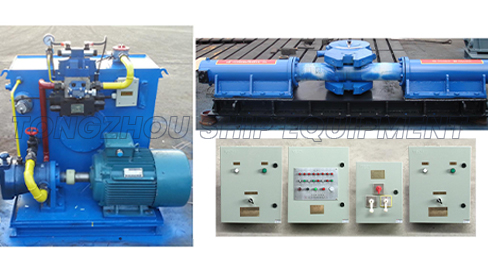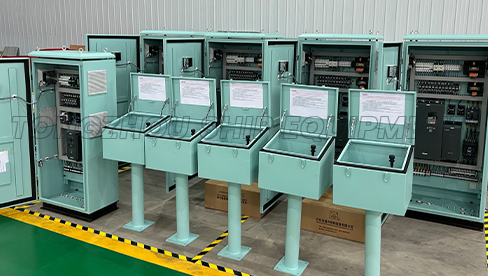What are the main benefits of a Hydraulic Windlass?
 2025.08.08
2025.08.08
 Industry News
Industry News
For vessel operators requiring robust and reliable anchoring solutions, the Hydraulic Windlass stands out as a premier choice. While electric windlasses dominate many markets, hydraulic systems offer distinct advantages, particularly for demanding applications on commercial vessels, larger yachts, and workboats. Understanding these benefits is crucial for selecting the right equipment.
1. Exceptional Power and Torque Density:
* Hydraulic motors deliver very high torque relative to their physical size and weight. This allows a Hydraulic Windlass to handle significantly heavier ground tackle (anchor and chain) or operate under higher loads (e.g., breaking out a deeply set anchor, retrieving in strong currents or winds) compared to similarly sized electric motors.
* This power density is essential for vessels with large anchors and heavy chain or those operating in challenging conditions where maximum pulling power is non-negotiable.
2. Consistent Performance Under Load:
* Unlike electric motors, which can experience voltage drop over long cable runs (leading to reduced power) or can overheat and stall under continuous high load, a properly sized hydraulic system maintains consistent torque and power output.
* The Hydraulic Windlass motor is less prone to stalling. Even if the motor stalls hydraulically, it typically doesn't suffer damage, whereas a stalled electric motor can overheat and burn out if protection fails.
3. High Durability and Tolerance to Harsh Environments:
* Hydraulic motors are inherently robust, often featuring heavy-duty construction with sealed bearings. They are generally more resistant to impacts, vibration, and exposure to saltwater spray than their electric counterparts.
* The motor itself is typically located below deck, protected from the elements, connected only by hydraulic lines. This significantly enhances its longevity in the corrosive marine environment.
4. Enhanced Safety:
* Controlled Power: Hydraulic systems offer precise control over speed and power. Operators can smoothly and gradually apply power when breaking out an anchor or control the descent during deployment, reducing the risk of runaway chain.
* No Electrical Sparks: The primary power source (hydraulic pump) and motor are separated. The motor unit on deck contains no high-current electrical components, eliminating a potential source of sparks in volatile environments (e.g., fuel transfer areas). This is a critical safety factor on many commercial vessels.
5. Lower Maintenance Requirements (Motor Specific):
* The hydraulic motor itself has fewer complex electrical components (no brushes, commutators, complex controllers susceptible to moisture) compared to an electric windlass motor. This translates to potentially lower maintenance needs and higher mean time between failures for the motor unit, especially in wet conditions.
6. Quiet Operation:
* While the hydraulic power unit (pump) may generate some noise, the Hydraulic Windlass motor on deck operates significantly quieter than a comparable electric windlass motor under load. Electric motors can produce high-pitched whines, especially when straining, whereas hydraulic motors produce a lower-frequency rumble.
Key Considerations:
It's important to note that a Hydraulic Windlass requires a supporting hydraulic system:
A hydraulic power unit (pump, reservoir, valves) must be installed, typically in an engine room or machinery space.
Hydraulic lines must be run from the power unit to the windlass.
Integration with the vessel's existing hydraulic system (if present) or the installation of a dedicated system adds complexity and initial cost compared to a standalone electric windlass.
For vessels where maximum pulling power, unwavering reliability under extreme loads, enhanced durability in harsh marine conditions, intrinsic safety (spark-free operation), and controlled performance are paramount, the Hydraulic Windlass presents a compelling solution. While the initial installation may be more complex than an electric system, the long-term benefits in power, resilience, and safety make it the preferred choice for many professional and demanding maritime applications.



 English
English  عربى
عربى  中文简体
中文简体 
